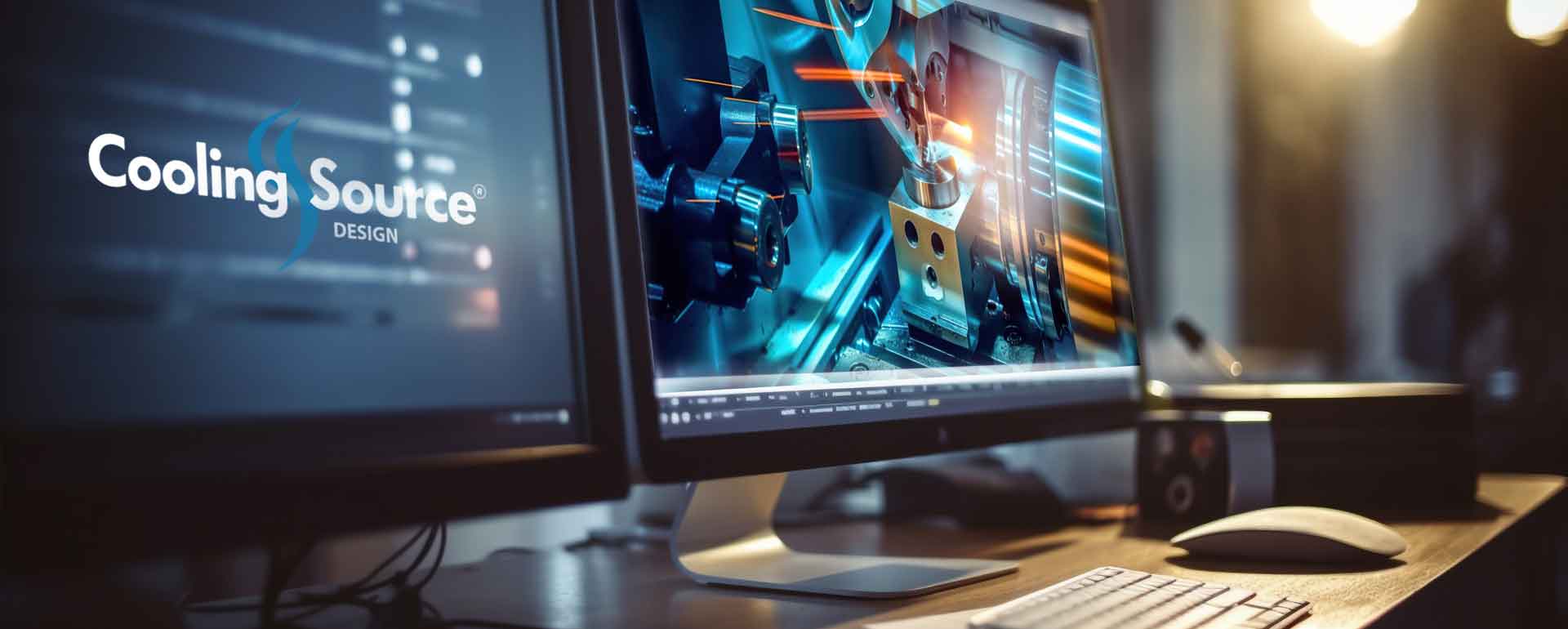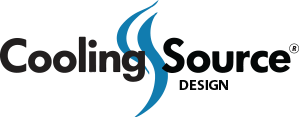
autocad
Certainly! Here are some benefits and advantages of using 3D modeling for thermal and mechanical designs:
1. Visualization: 3D modeling allows you to visually represent your thermal and mechanical designs in a realistic and detailed manner. This helps you better understand the spatial relationships, identify potential clashes or interferences, and visualize how different components will fit together.
2. Design optimization: With 3D modeling, you can easily iterate and optimize your designs before moving to physical prototyping or production. You can make adjustments to dimensions, materials, or configurations to improve performance, efficiency, or aesthetics.
3. Simulation capabilities: Many 3D modeling software tools offer simulation features that allow you to analyze the thermal behavior of your design under different conditions. This enables you to predict how heat will be dissipated or transferred within the system, identify potential hotspots or cooling issues, and optimize your design accordingly.
4. Collaboration: 3D models can be easily shared with team members or stakeholders for collaborative feedback and input. This facilitates effective communication among designers, engineers, manufacturers, and clients throughout the design process.
5. Time-saving: Compared to traditional manual drafting methods or physical prototyping iterations, 3D modeling significantly reduces design time by enabling quick modifications and updates in a virtual environment.
6. Cost reduction: By using 3D models for thermal and mechanical designs early on in the development process, you can identify potential issues before investing in physical prototypes or manufacturing tooling. This helps minimize costly rework due to design flaws discovered late in the process.
7. Documentation accuracy: With accurate 3D models as a basis for documentation such as assembly instructions or technical drawings, there is less room for misinterpretation compared to traditional two-dimensional representations.
8.Collaboration with other software tools: Many CAD software platforms used for 3D modeling have integrations with other engineering analysis tools such as finite element analysis (FEA) or computational fluid dynamics (CFD). This allows for seamless transfer of data between different software, enabling more comprehensive analysis and optimization of thermal and mechanical designs.
Overall, using 3D modeling for thermal and mechanical designs offers benefits such as visualization, design optimization, simulation capabilities, collaboration opportunities, time-saving advantages, cost reduction potential, improved documentation accuracy, and integration with other engineering analysis tools.

